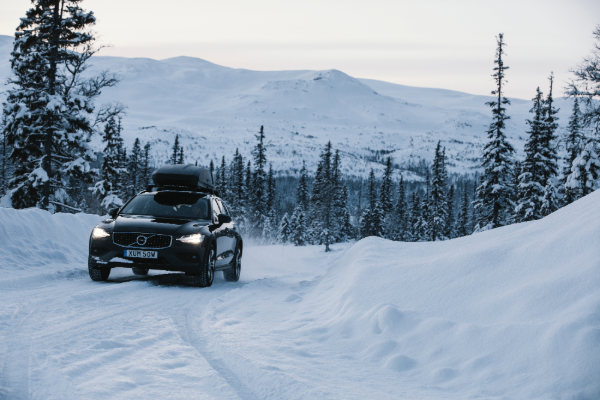Roof bars are one of the most versatile accessories you can add to your vehicle. They unlock extra storage space and make it possible to carry everything from bikes and kayaks to skis and roof boxes. However, using roof bars incorrectly can lead to safety risks, damage to your gear, or even unnecessary wear on your car.
To help you avoid the pitfalls, we’ve put together a guide to the most common roof bar mistakes and how to prevent them.
Always Read the Instructions Carefully
It might sound obvious, but skipping the instructions is one of the biggest mistakes people make when fitting roof bars. Each vehicle has its own specific requirements, and manufacturers like Thule provide detailed guidance on how to install your bars correctly.
Failing to follow the instructions can mean loose fittings, increased noise, or even roof bars detaching while driving. Spending ten minutes reading through the manual ensures a secure and safe fit every time.

Pay Attention to Torque Settings
Roof bar systems are designed to be tightened to a specific torque setting. Too loose, and your bars won’t be secure. Too tight, and you risk damaging the fittings or your car’s roof rails.
Most high-quality systems include torque tools to make sure you’re tightening everything correctly. Don’t rely on guesswork; precision here is key to long-term safety and performance.

Remember the Height of Your Vehicle
Adding roof bars (and especially roof boxes, tents, or bikes) increases the overall height of your vehicle. Forgetting this can be a costly mistake, particularly when entering car parks, garages, or drive-throughs.
Before setting off, always check your new clearance height. A quick reminder note on your dashboard can save you from accidental scrapes or worse.
Trust the Guidance When Choosing Roof Bars
One of the most common and easily avoidable mistakes is not trusting the guidance when selecting your roof bars. Every vehicle is different, and each roof bar system is designed to fit specific mounting points, roof shapes, and load capacities.
It’s tempting to assume a certain type of bar will fit or to choose a different bar width because it looks better or seems more practical. However, ignoring the manufacturer’s recommendations often leads to compatibility issues. In some cases, the bars simply won’t fit correctly; in others, they can cause damage to the car or fail to secure your load safely.
Manufacturers like Thule and Rhino spend years testing their systems for each vehicle type, so following their guidance is always the safest option. Using the right bars for your specific car ensures a secure fit, optimal performance, and long-term reliability.

Lock It Up
Roof bars and their accessories are an investment, so protecting them from theft is crucial. Many systems come with integrated locks or can be fitted with lockable accessories.
Don’t rely solely on the weight of your gear to deter theft. Always lock your bars and carriers when unattended; it’s a small step that ensures peace of mind. We recommend that you attach the key to your car keys so you don't accidentally misplace them.
Check Weight Limits
Every vehicle and roof bar system has a maximum dynamic load, the weight that can be safely carried while driving. Exceeding this limit can put stress on your roof, affect handling, and even cause dangerous failures.
Check both your car’s manual and the specifications of your roof bars. Remember that the total load includes the weight of the bars, the accessories, and the cargo itself.

Stick to Speed Limits
Although roof bars are built to handle motorway speeds, they still alter the aerodynamics of your vehicle. Driving too fast with a heavy load can increase wind resistance, noise, and fuel consumption.
Some manufacturers also recommend maximum speed limits for safety reasons. Keep within these guidelines to protect your equipment and ensure a smooth, quiet journey.
Roof bars are a brilliant way to expand your vehicle’s capacity, but only if they’re used correctly. By avoiding these common mistakes, from ignoring instructions to overloading, you’ll keep your journeys safe, quiet, and efficient.
Taking a little extra care ensures your roof bar setup lasts longer and performs at its best, whether you’re heading on holiday, hitting the slopes, or just creating more space for family life.

